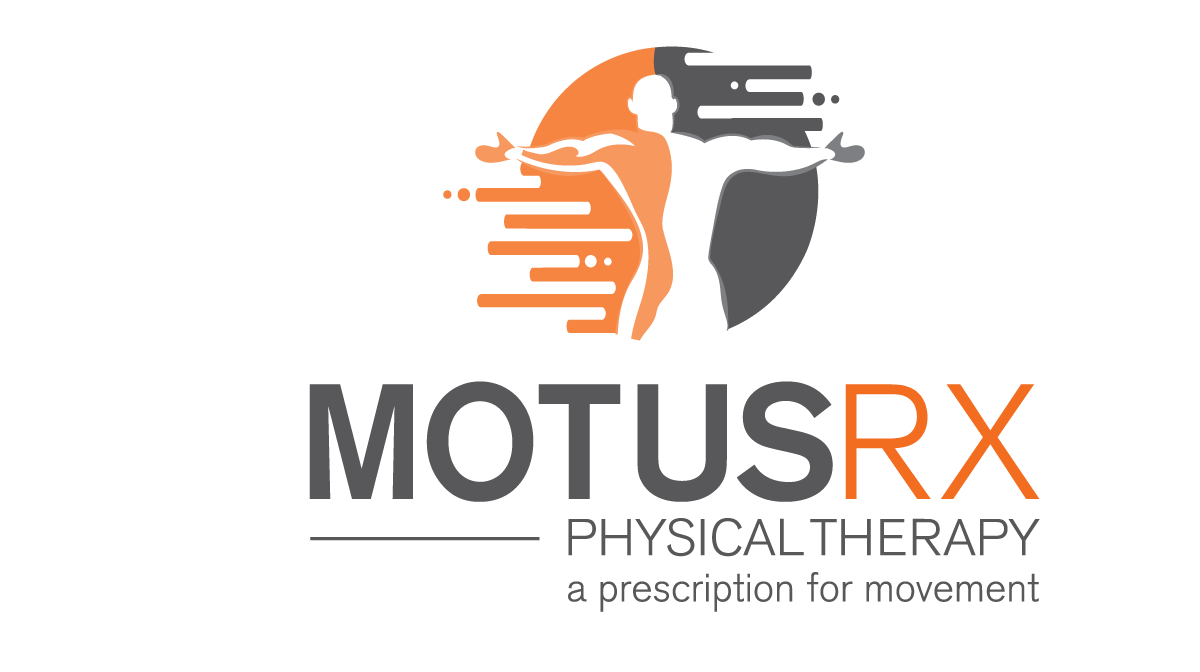How to Properly Improve Foot Pain
If you’ve had foot pain, you know that it’s incredibly life altering. Like stay at home and don’t do things with your friends or family because you can’t walk or move how you want altering.
So what gives? Foot pain is one of those strange things that every one seems to have at some point, but there never seems to be a clear cut answer on how to improve it. Plantar fasciitis, toe joint pain, achilles tendonitis, etc.
What do most people typically do? Ibuprofen, orthotics, brace or taping, night splints, tennis balls, stretch your calf, change your footwear, etc. I find with foot pain more than anything that the most common things that people try typically produce short lived or zero improvements…yet people will continue to see these things show up on Google searches.
So, before we move on to a case study on how we help people with foot pain, it’s important that we note that our common finding is that people are often doing too little or too much for their foot pain. If you can imagine a “bell curve”, people are either on one end of it or the other.
Either they’re relying on ibuprofen, orthotics, and night splints but not loading the foot/tissue safely and building the foot back up….or, they’re continuing to stay active on the foot “hoping and praying” that it will go away on it’s own.
We find that sweet spot in the bell curve like in the case below with our star client who was training for the IronMan Wisconsin and came down with a tough case of plantar fasciitis.
1) First, we need to alter the pain perception that the foot is experiencing with a novel stimulus. In many cases, your foot is just sending alarms that there is more stress being placed on the foot than it has the capacity to handle at that point in time. So, any stress becomes “painful.” So we try to alter that threat with a VERY DIFFERENT STIMULUS.
2) “Load” don’t stretch the tissue. The common thing many do is to stretch the tissue to end range. However, the tissue needs the positive reinforcement and reduction of threat that a safe amount of load to the plantar fascia causes.
3) Make sure the tissue in your foot can handle the speed of which your foot gets pressure on it. The foot takes on pressure and releases pressure quickly even with something as simple as walking. So you need to make sure that the foot has a way to mimic that stress in a controlled manner.
4) Lastly, we need to increase the frequency and the volume of which the foot takes on stress. Again, this type of stress can be controlled in a number of ways but the foot will significantly benefit from training up to repetitive load.
Now, each case of foot pain will not necessarily “look like this” BUT the overall themes, goals, and plan with rehab will remain the same.
So, if you think that you’ve addressed your foot pain (OR REALLY ALMOST ANY ORTHOPEDIC PAIN) in the above manner, then hopefully you’ve seen solid results.
If you haven’t, might I suggest finding a sports physical therapist with strong knowledge base in how to properly load and stress painful tissue to help you get rid of your plantar fasciitis or any other _______________ pain.
